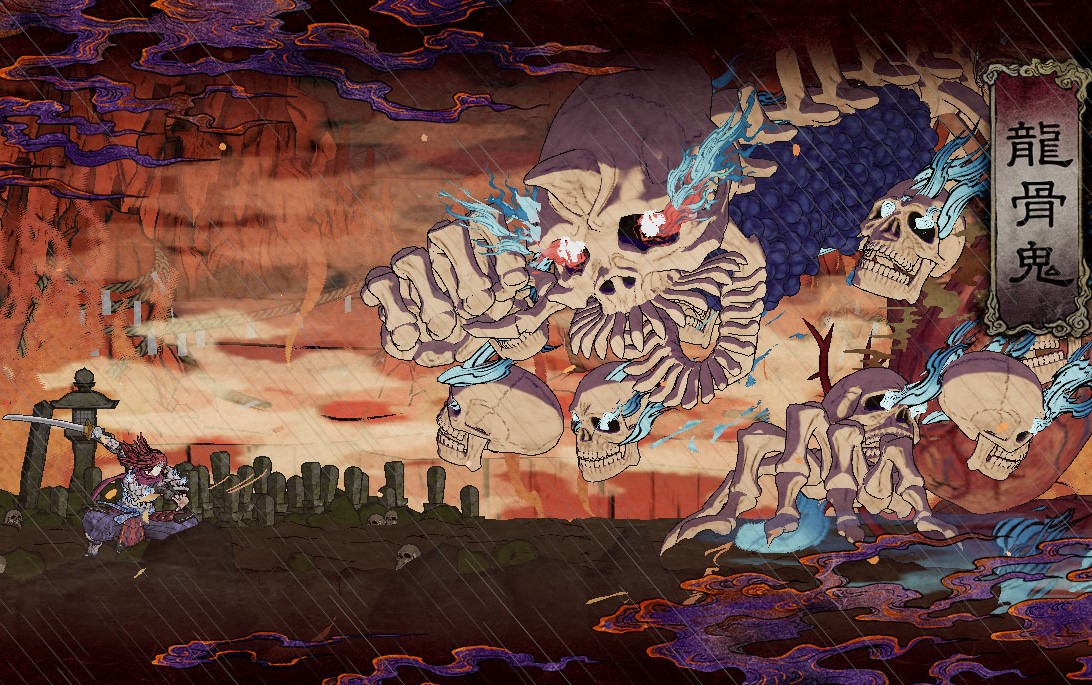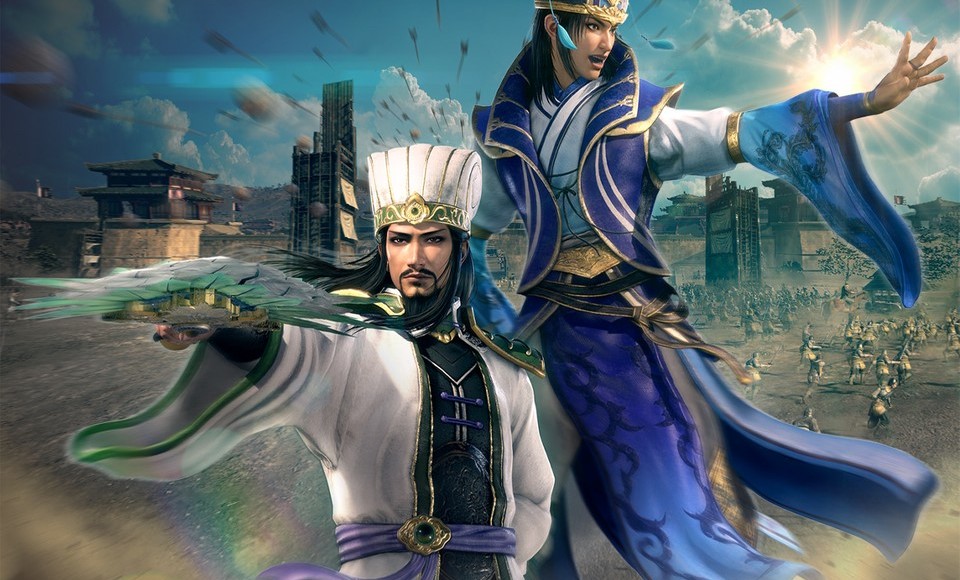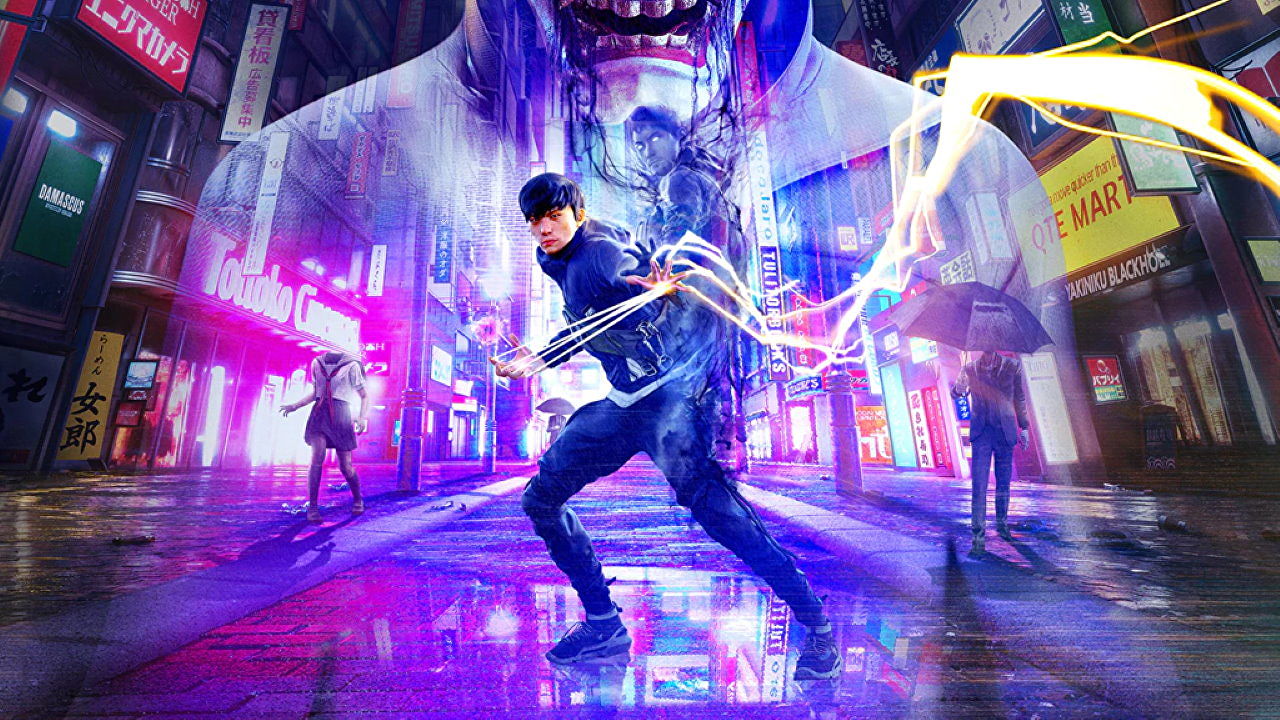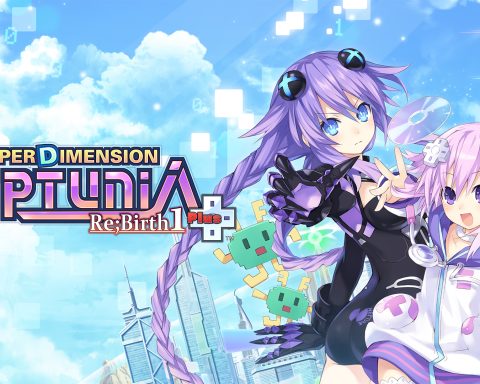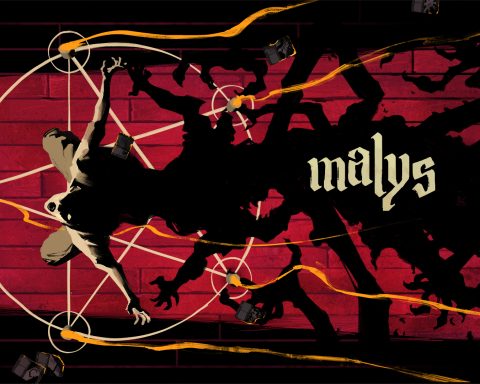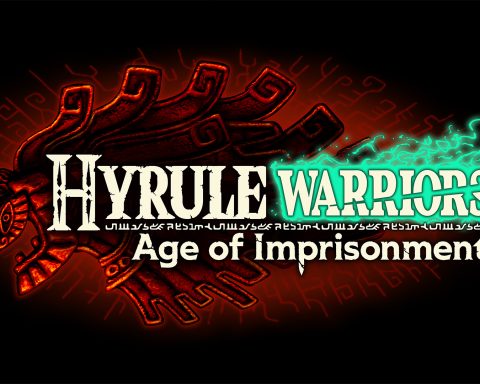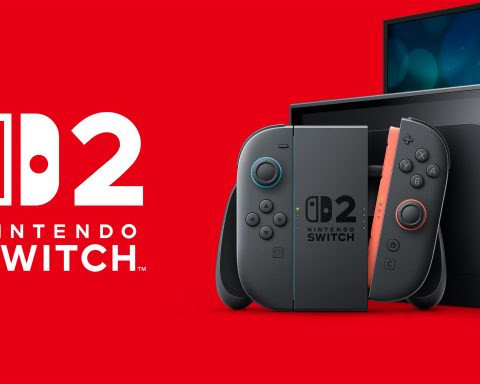The Hyakki Yagyō – Night Parade Of 100 Demons – might be my favourite piece of Japanese folkloric storytelling. A “monster manual” of sorts, featuring some of the most bemusing, weird, wild, and entertaining spirit monsters, Hyakki Yagyō speaks deeply about the Shinto view of the world, offers a unique cultural sense of the aesthetics of monstrosity, and beyond that, it’s just a whole lot of fun.
It’s also the perfect material for video games because you’ve got, right there, every enemy in the bestiary that you need. No additional ideas required. GetsuFumaDen is the latest game to be directly inspired by this storytelling tradition, and it’s a delight (side note: please publish more games, Konami).
GetsuFumaDen is a remake of a largely forgotten action game from back in 1987. If you purchase the digital deluxe edition on Switch then you get that as a bonus, but don’t feel obligated to, as that game and this one are almost entirely different, and there’s no need to understand the heritage of GetsuFumaDen to enjoy the “remake.” This new vision is a 2D roguelike platformer, in which you navigate labyrinthine tunnels filled with lesser monsters, collecting up a wide variety of different weapons, before taking on a hulking demon of the underworld.
What GetsuFumaDen reminded me of immediately was a similar title from the other end of the world. A few years ago, Chile’s ACE Team produced Abyss Odyssey, which was also a 2D roguelike platformer. That one was a little more orientated towards fighting game-style combo systems, but otherwise the main point of difference was that that one shared something of Latin American folklore (skeletons with sombreros and guitars!), and this one is firmly Japanese. If there is something about this particularly kind of gameplay that lends itself to these “cultural” games like these, then bring more of this on. Dreamstime Aboriginal Australian roguelike where the Bunyip is the final boss? I’d be up for that. It’d be terrifying, but I’d certainly fund it.
My digression aside, the point here is that GetsuFumaDen is more than just a game made in Japan. It’s a celebration of classical Japanese aesthetics and storytelling (minimalist as that might be). The descent into hell (yomi) is a story that’s told through the game’s backgrounds. It’s actually a nice touch because, right from the start of a level, you can see the boss that you’re making your way to deep in the bowels of the “painting,”, but it’s only once you get to a torii gate that lines up with that boss’ position that you’ll be whisked away to the battle. It’s a very visual way to depict and describe the journey, without needing to relying on dialogue or cut scenes.
Those backgrounds looks faintly like a Hieronymus Bosch painting for their level of detail… only ukiyo-e style Nothing quite compares to a Bosch painting for sheer storytelling quality. Meanwhile the action itself is gorgeously rich in colour and the enemy designs are sublime. Those boss battle centrepieces in particular are massive, screen-filling affairs that look like a trip to an art exhibition brought to life… and suddenly a very dangerous exhibition indeed.
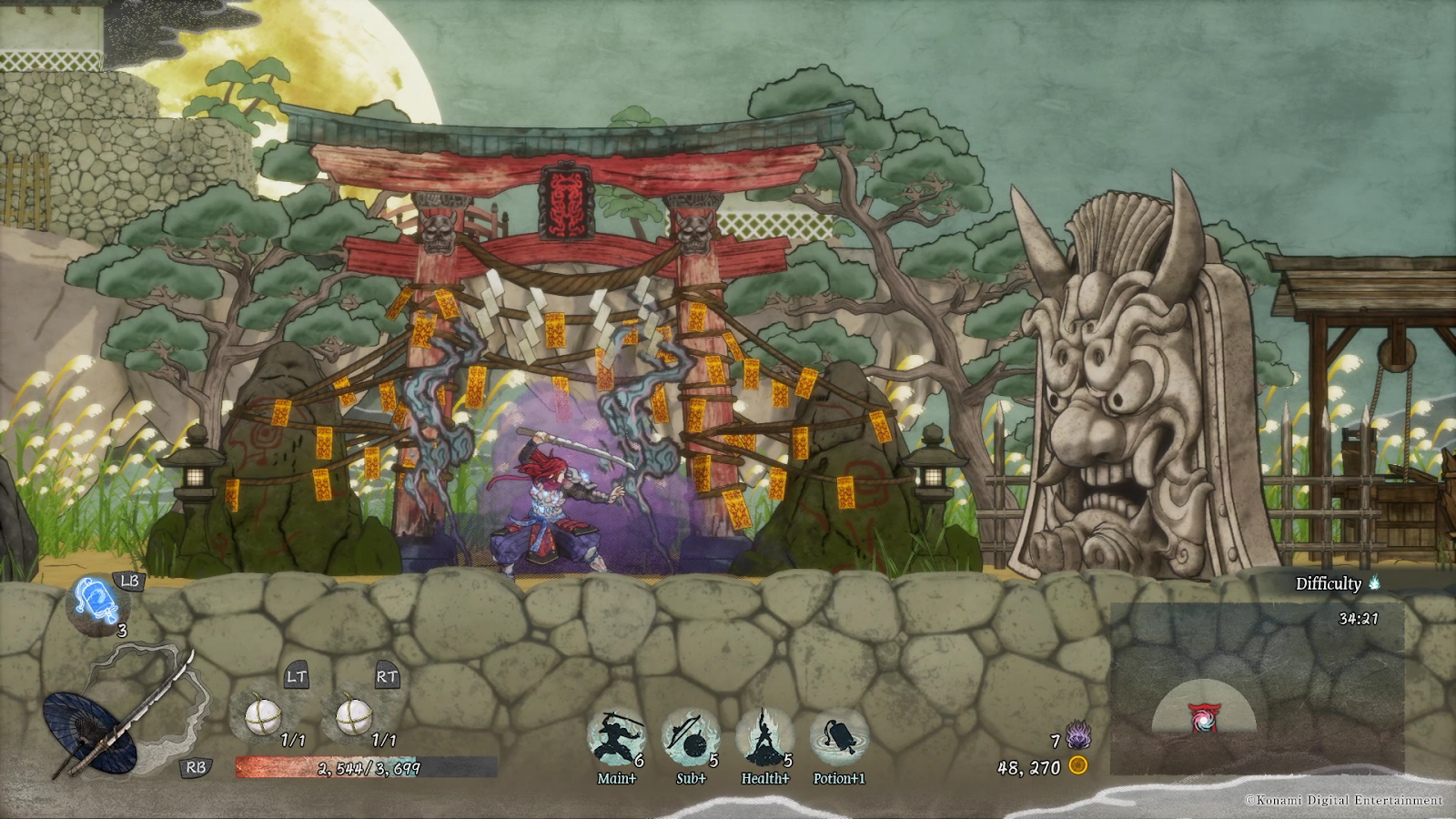
The action features just about everything you’d expect from a roguelike. Firstly, the game is generally quite challenging, and there’s every chance that each boss is going to roll you at the first attempt, which means a near-complete reset back to the start. There are some elements that cross over from one “run” to the next which, combined with your better familiarity with the boss battle, will make the second attempt easier, but nonetheless the experience is built around the expectation of repetition.
Random elements abound in GetsuFumaDen to ensure that the repetition doesn’t become dull. Level layouts are different each time, though there aren’t that many different “room” types, so the modular approach doesn’t provide as much variety as you might hope. The equipment system, meanwhile, is a delight. There are plenty of different weapons to find on your journey, and they all play very differently, from the very Castlevania-like feel of the whip, right through to the elegant, flowing and fast fans. There are also sub-weapons like bows and muskets, and those tend to be powerful, though ammunition is so limited for those that I would often save them for the bosses… and then forget to deploy them. Upgrading all of this and then figuring out your favourite blend to tackle the range of heavy-hitting, ranged and fast attackers that you’ll encounter on the journey is more enjoyable in GetsuFumaDen than most roguelikes… perhaps because the fireworks of combat are just so pretty.
Finally, I love how the levelling system works in GetsuFumaDen. Rather than slow down the journey by giving you pages of statistics and skill trees to wade through, here you’ve got four icons arrayed across the bottom of the screen, representing your damage-dealing “level” with both primary and secondary weapons, your health, and the number of all-important potions you can carry with you. Whenever you defeat a powerful enemy or find a treasure chest, you’ll get a “soul”, which will allow you to upgrade these icons. One soul will upgrade your main weapon damage, through to four souls for the potions, and so you need to work out whether you want to spend the rare soul resource on a relatively minor upgrade, or try to save them for a big payoff down the track. That’s all this kind of action roguelike really needs as a levelling system, and because of it GetsuFumaDen never breaks momentum.
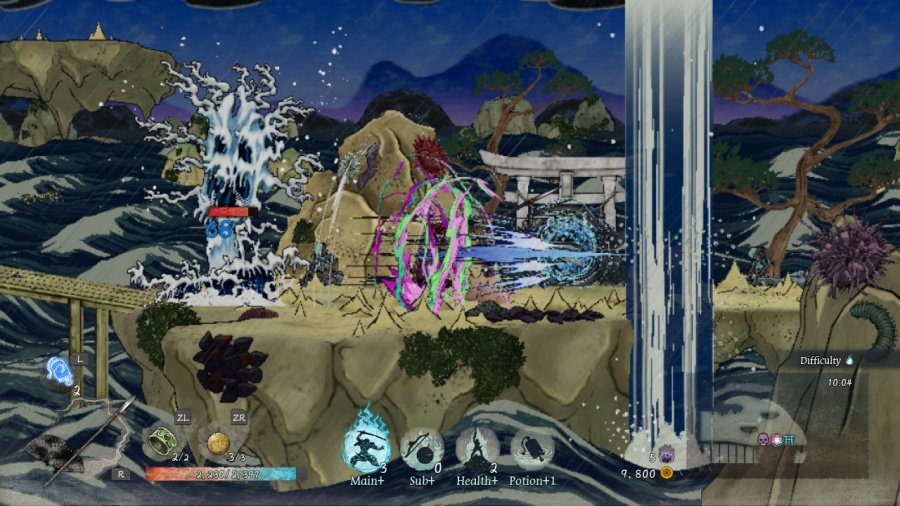
Challenging, rewarding, gorgeous and culturally authentic, GetsuFumaDen is one of the most enjoyable roguelikes I’ve played. Mechanically it doesn’t do much to challenge or reinvent the formula, but it streamlines it beautifully. Meanwhile, it offers a vivid and detailed, classical take on Japanese art styles and the Hyakki Yagyō storytelling tradition. As a starting point for learning more about both these things, you couldn’t ask for something more inspired.


